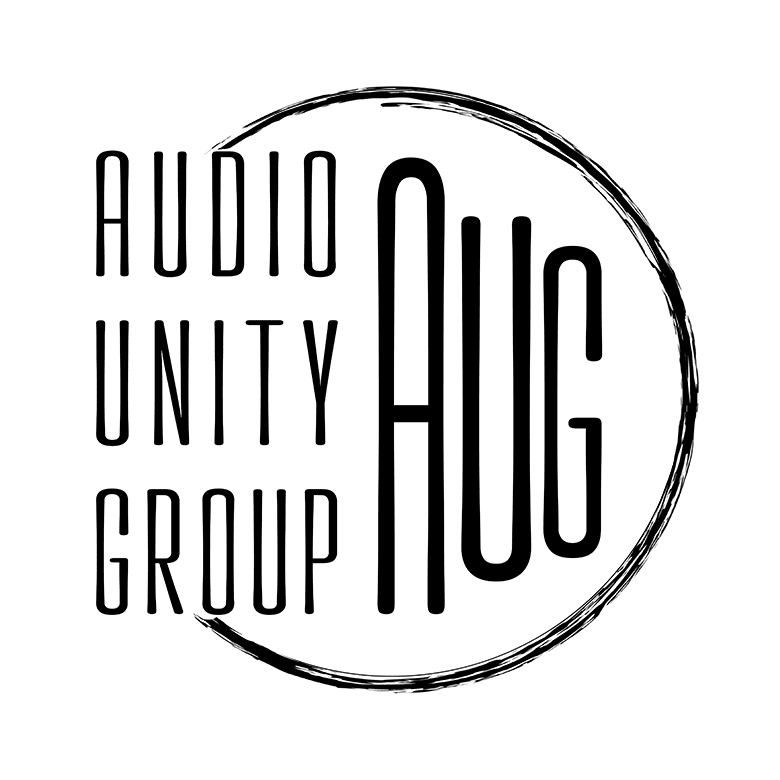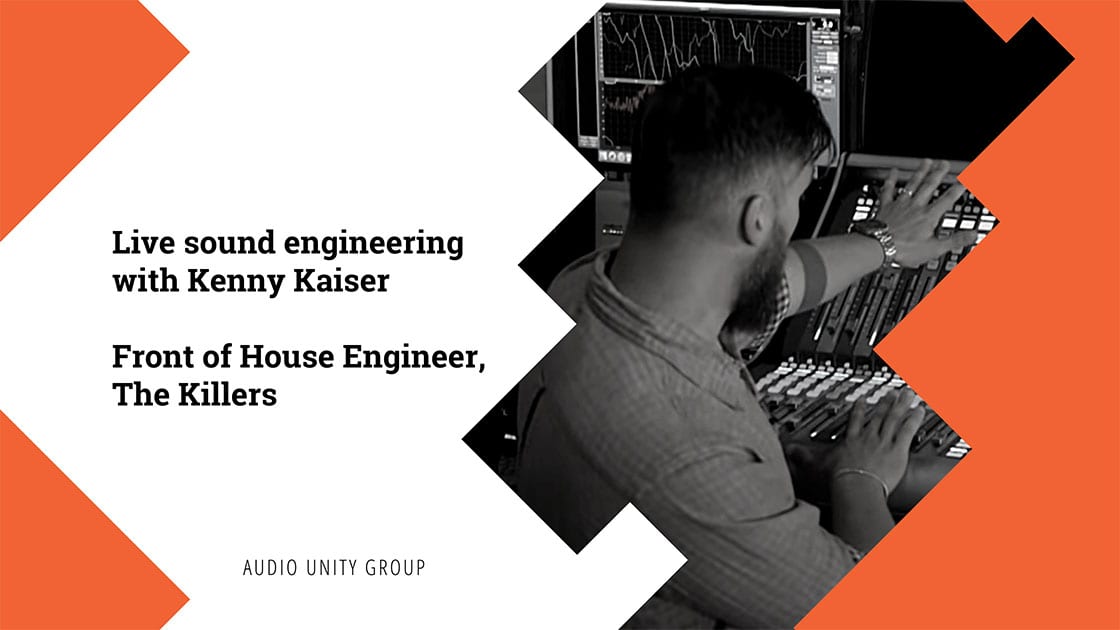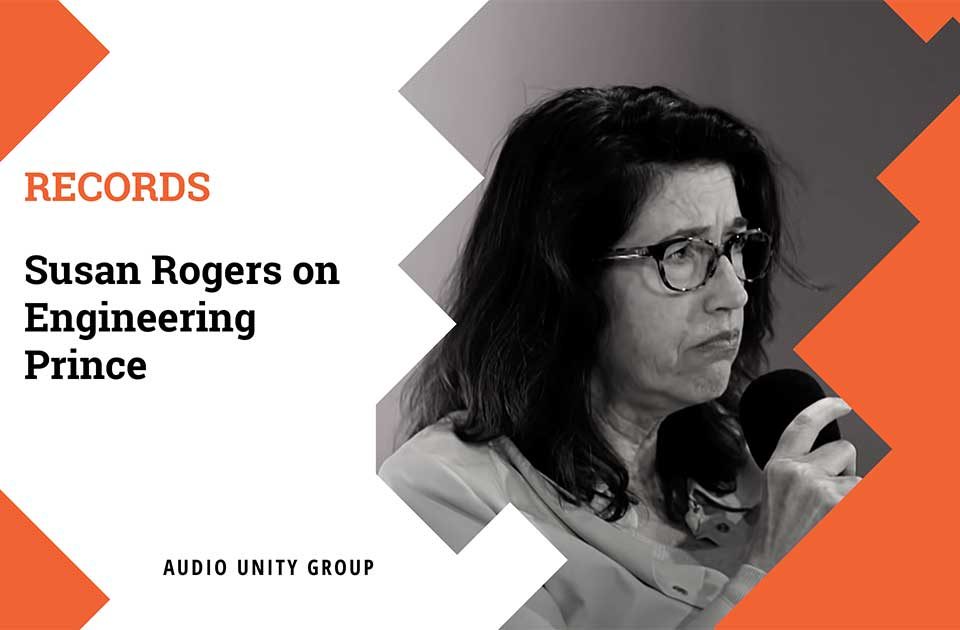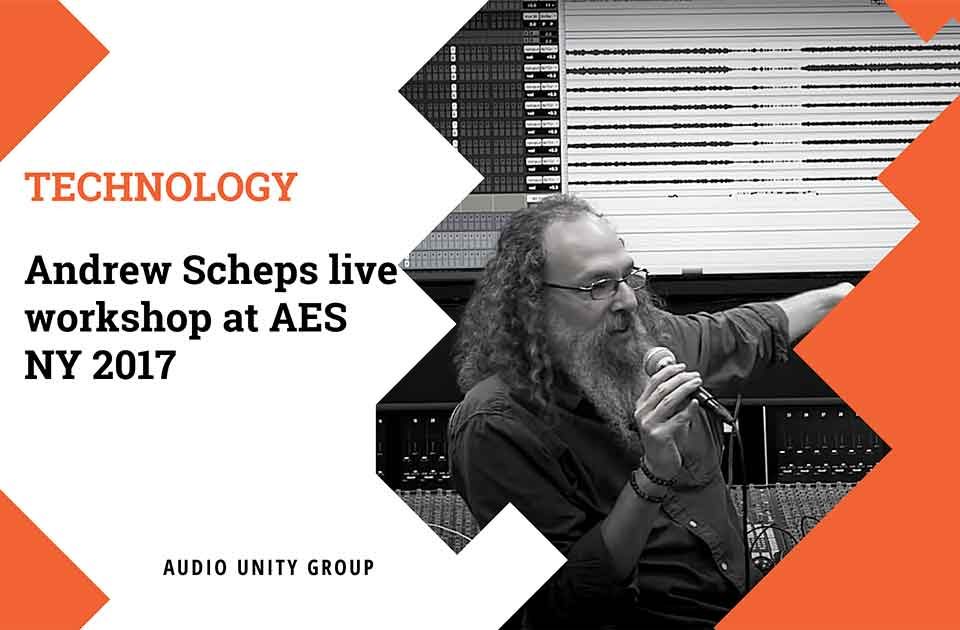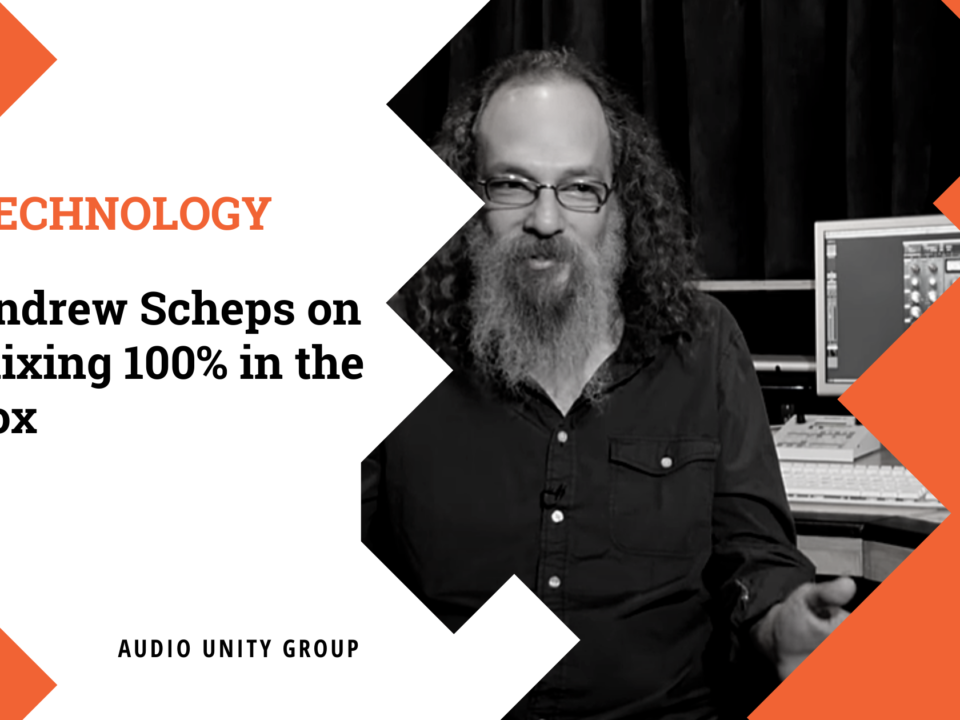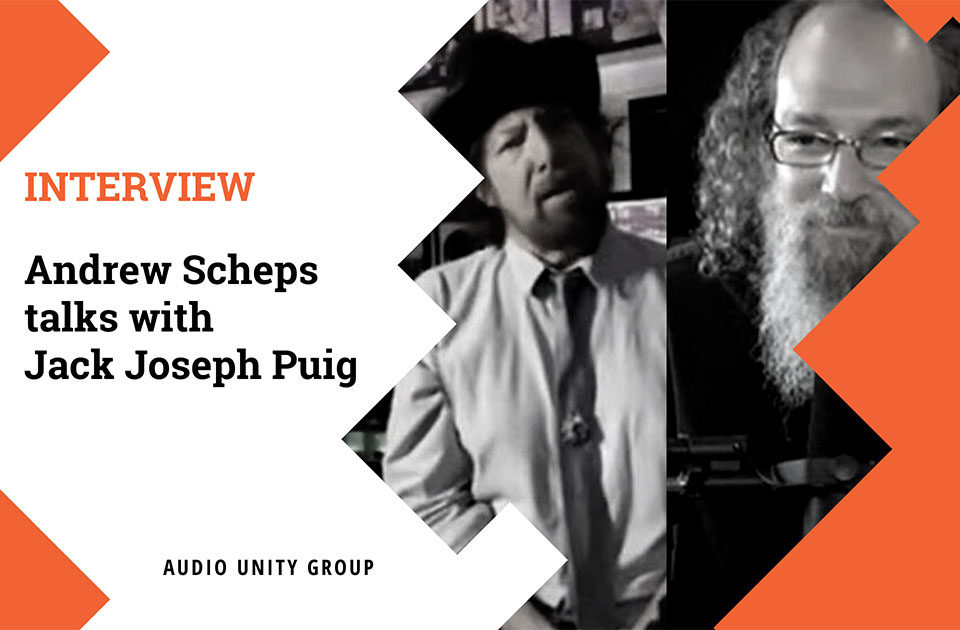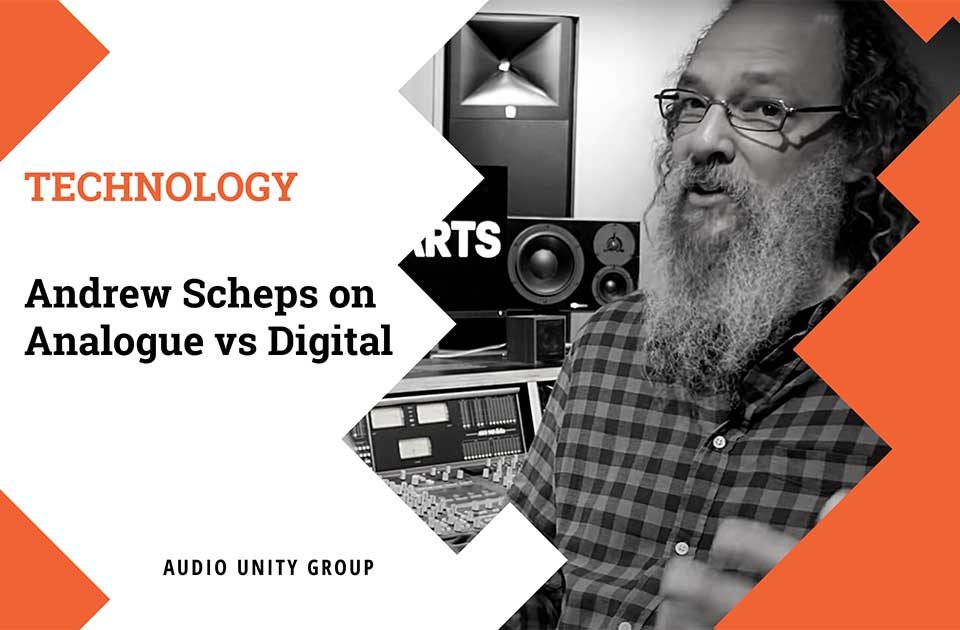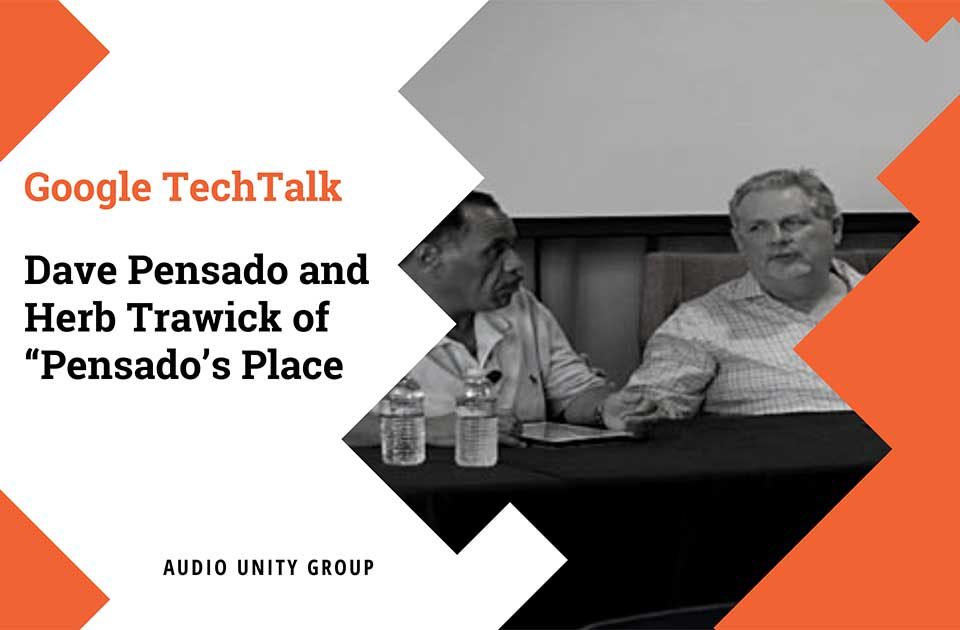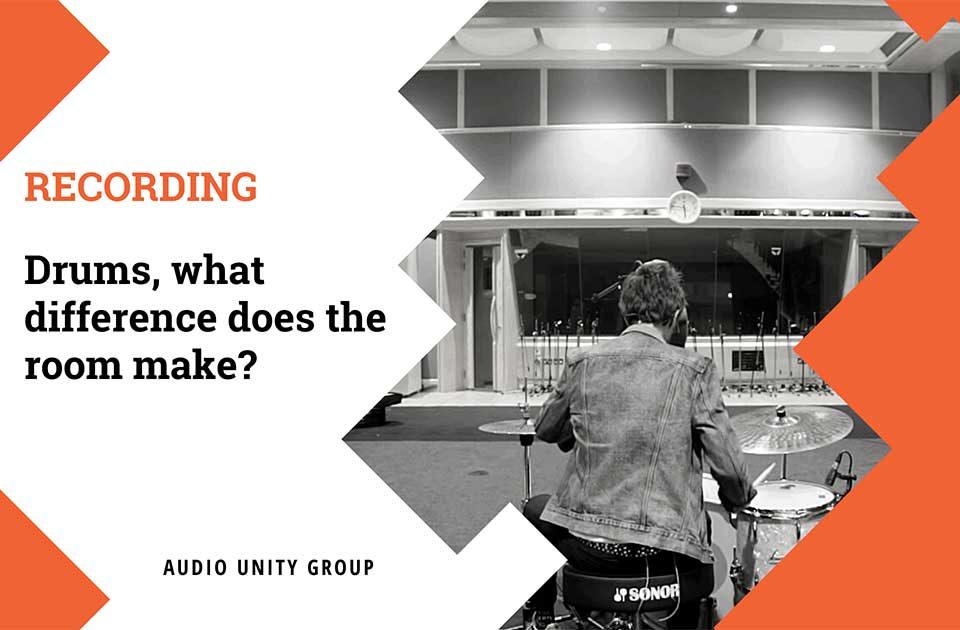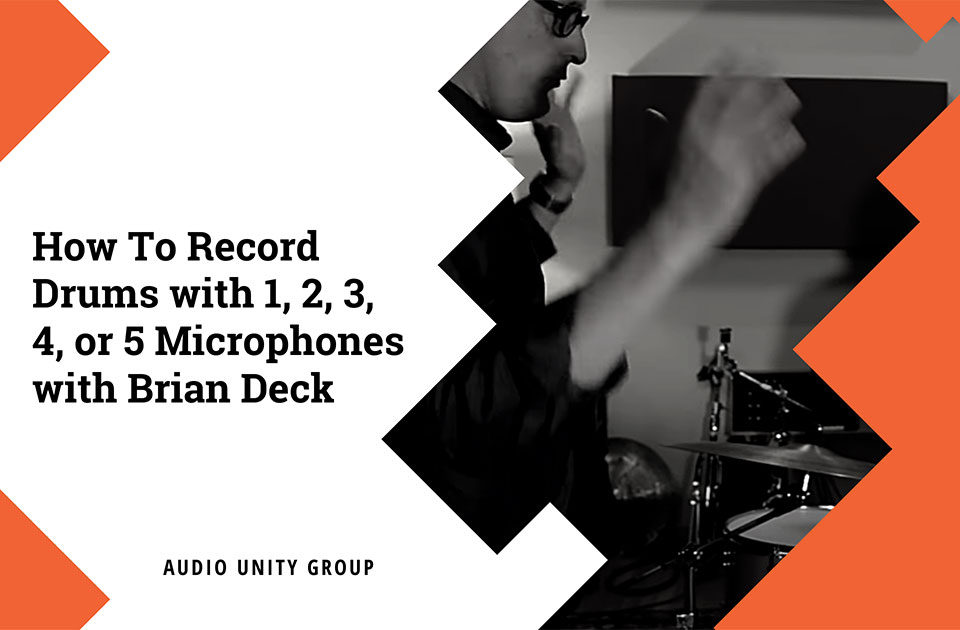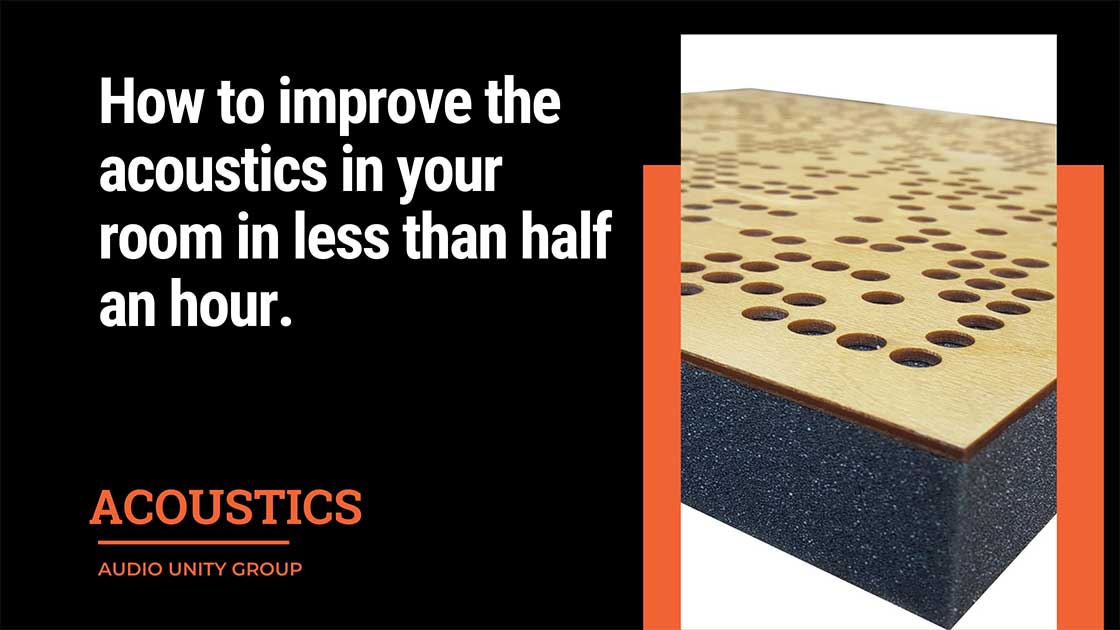
How to improve the acoustics in your room in less than half an hour
July 22, 2020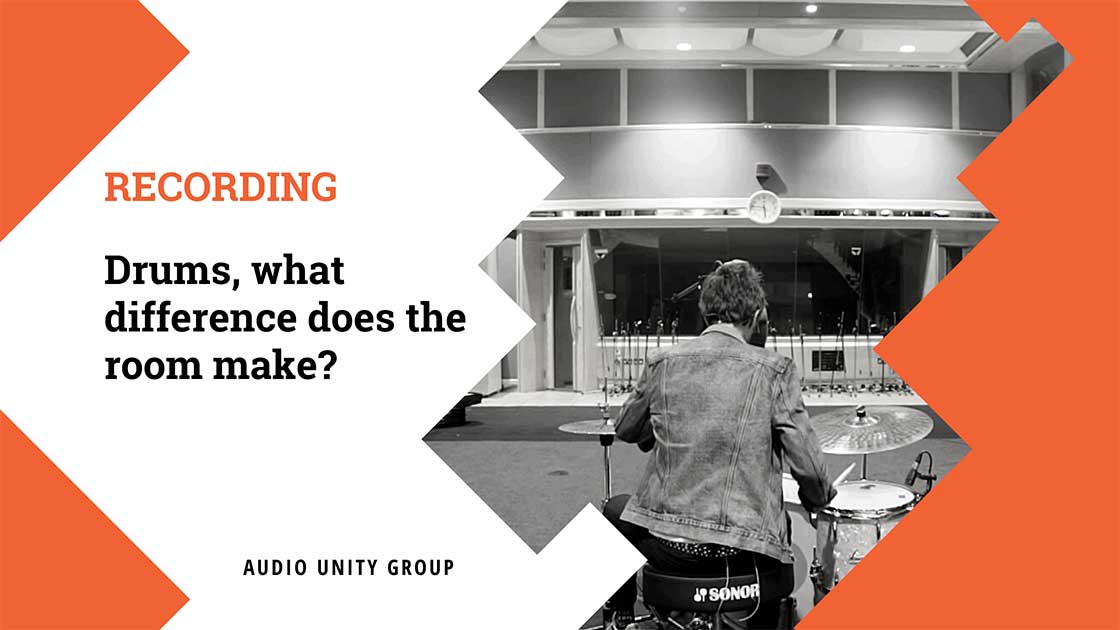
Recording: Drums, what difference does the room make?
August 7, 2020Kenny Kaiser, Front of House Engineer, The Killers
During sound check at the Mohegan Sun Arena, Front of House Engineer Kenny Kaiser takes time out to share wisdom from his years or experience in live sound engineering, and from life on the road with US rock phenomenon, The Killers.
Download FREE pdf
mastering chain cheat sheet
Use this 10 step mastering chain sheet to improve your mastering processes and to make sure you do right things at the right time!
DOWNLOAD PDFTranscription
[00:00:22.050]
I think the same story with every live sound engineer. They were in a band at some point, right? I mean, everyone’s been in a band. High school was in a band. I was fortunate to have a high school, a music teacher that had a recording set up eight.
[00:00:34.980]
Dad, remember eight at yeah, dude started messing around with that after school, got into a band, band, got signed, was touring with my band. And then when we were on tour, I was working at clubs, mixing sound and stuff like that. Started realising I was making more money working at clubs and being in my own band. Band disperse, started working at clubs, started getting in the corporate scene a little bit, then started mousing on back to the music scene a little bit and started working for a bunch of companies down the south in New York, worked for Selena Gomez hanging PA and then moved into the system tech realm of stuff.
[00:01:10.350]
Just because I think that’s really fascinating to me about the system tech worked for Train, went out with Billy Talent as an MLA tech.
[00:01:19.900]
The list goes on and on. Eventually started working for Food Fighters for a little bit as a monitor. Tech audio Kuchi for them on their Sound City stuff and then moved into this afterwards. Started as a system tech for these guys. Started as a PA.
[00:01:35.260]
Tech actually hung PA for a little bit. Ciscen Tech left. I moved into System Tech and then management, all front of house engineer just part of way. And I got in the hot seat.
[00:01:50.750]
So Killers, we got six guys up there. Obviously we have the four members. And then we have two auxiliary players that pretty much just play keyboard parts, patches, stuff like that pus the guitar every once in a while. They’re the type of band where they like every other band. They want to hear the album come off the stage.
[00:02:07.700]
So that’s why we have the auxiliary players. Everyone’s pretty much on in ears, which is nice. Except for Brandon. We have a lot of wedges and sidefills on the deck, so it gets pretty loud up there. It’s a rock and band can’t get away from that.
[00:02:22.480]
So the approach that we went for like, 87 inputs, something like that. I think we actually trimmed it down to, like, 67 close Mike everything. I don’t even have a condenser on the stage. I don’t like condensers on stage. When you’re dealing with wedges and stuff like that, they’re fine with everyone’s on in ears, but I don’t have that luxury.
[00:02:45.240]
So we have all dynamic mics on there. I’ll take it back. The only condenser we have is the Beta 91 and the kick drum, but it’s so loud and there’s so many speakers all over the place on the deck that for me to have a condenser and start bringing up the gain. You just open up that Orb on the microphone even more once you start adding voltage to it. So why would you do that?
[00:03:08.000]
Just make it small. I think you’re just causing trouble for yourself when you start doing that stuff. We just switched over all the keyboards into digital processing. We are going Dante off the keyboard now. Ronnie’s kick standard two kicks, two mics on the kick snare top bottom.
[00:03:27.200]
Toms, we under miked all the symbols just to get a better stereo image for the ears. We also do our own broadcast records on the festivals and stuff like that. We keep everything in house with this group. We don’t like having the third party in it, so just gives a better image on that. The guitar set up.
[00:03:45.600]
We just have three mics on the guitars. He’s got two effects amplifiers left and right, and then a clean channel base. Same thing, dirty, clean, Di’s bass mic, bunch of vocals. Wash the microphones at one don’t. Okay, basically, I have it.
[00:04:10.740]
So I primarily work off this tile right here. I got all my VCA stems, effects, master groups and all that stuff over here. I got the majority of the instruments over here. Treat this section for vocals and keyboards. Treat this section for anything that has a microphone, instrument, microphone.
[00:04:30.680]
And that’s pretty much it the other thing I did. Basically it’s all identical. So if I want a VCAS over here one day, I could do that. Whatever. I just basically copied everything.
[00:04:39.360]
So all the tiles are the same exact thing. I got the three solo. So I have a headphone solo. I got my near field solo, and then the third solo I have out is going through my smart rig so I can actually queue up smart see what the mic is actually doing. I have the near fields running off a matrix.
[00:04:53.420]
So the idea is the near fields are for solo. So I’m queuing stuff up. I hate headphones don’t like it. Plus, also, sometimes it’s nice to hear something off of a real speaker, so I’m able to sell those stuff and traditional Sello stuff. When you sell, you can’t hear talkback mics might be something important company.
[00:05:10.780]
Oh, by the way, this happened or this guitar is not working. We need to mute something. While I’m still in solo mode, I’m able to hear all the talkback mics going on. So basically I just routed my solo into a matrix and then off that matrix. I have all the talkback mics going as well.
[00:05:27.700]
So that way, I don’t miss any important cues off stage or if there’s any issues going on, we don’t lose contact, which is kind of nice. Vcas are controlling stems. Got a lot of stem stuff going on on the drums and the guitars and bass and stuff like that. I tend to try to if it’s multiple microphones or multiple elements on one instrument, I try to treat it as one Fader or one instrument, so I don’t necessarily EQ each individual mic. I’ll high pass it, but then I send it to a group or the stem, and then EQ that stem, treat it as one instrument.
[00:06:05.930]
So do a lot of work. Me and Marty have been very conscious of fixing it at the source, because I think we’ve lost that. We’ve lost that touch. We just basically deal with what we get dealt with. And if you actually have a conversation with the artists, and luckily for our guys, they’re very in tune with that.
[00:06:25.820]
And they like hearing feedback of what sounds good. What doesn’t sound good, because ultimately, they want to sound good.
[00:06:38.990]
Okay, the biggest one is Marty. My monitor engineer has Brandon sitting at about one eight way to peak. Brandon talking in his wedges. So that’s one challenge. The other challenge is they do like to do a lot of club shows, warm up shows after shows and stuff like that just kind of change it up.
[00:07:02.540]
So I go from headlining a festival to an arena to 250 seat club with that, you have to think of packaging how you’re going to get that rig in there? How you’re going to actually get it upstairs? Because a lot of clubs don’t have elevators or lifts or Union help. So keeping the package small and tight, everything’s in this thing that I need, so I don’t need to have any outboard gear, which is nice. I don’t have to deal with all that stuff.
[00:07:30.580]
There’s a lot of cool functionality on this console to help me get Brandon’s vocal up off the band and off the deck and all that stuff when you have large racks of gear, that’s more of a potential of things to fail. Tubes come loose. A lot of things happen on the road, so having everything on here, it’s simple. It’s safe. The Reverb sound awesome.
[00:07:59.090]
I’m using gated verbs on the drums, bringing it back. What’s up? Using a bunch of bus compressors, the delays. One cool thing I’m using. I’m actually using the faze scope on a lot of stuff.
[00:08:20.180]
Have those set up as an auction. Those are the only auctions I’m using on the console, so I’m able to send multiple mics that’s on one instrument to this and be able to cheque phase time everything up just like what you use when you’re timing mains and side hangs. We use that all the time, so I’ll be able to have that on every input. It’s amazing. The other thing I use on this is your Automixer.
[00:08:44.780]
Brandon has three vocal mics on stage that he jumps around back and forth. And before I was playing the mute game, whereas he at and it’s really hard to play the mute game when you have a complete blackout. Like, where are you going to jump on next? So be able to do this and be able to just do a sign the mics into that and not have to worry about it’s. One less thing.
[00:09:03.360]
I have to worry about on the deck, which is awesome.
[00:09:11.550]
I wasn’t really happy with the other console we’re using just had some issues here and there. We just got off an Asia run. We’re just humid. Things are starting acting up and stuff like that. So I was a little just hesitant.
[00:09:23.190]
Luckily for me, I live in San Francisco and Lewis over at Hightech. Basically, I guess he’s one of your partners, something like that. He had a bunch of them. He has every single console, and I was just sitting there and he actually just got this guy in there. And I was like, can I ask him if I can play on it for a couple of hours?
[00:09:38.650]
Yeah. Go ahead. So I literally hooked up a little tiny Phosph powered speakers, hooked up on that and just tried to get signal going in and out of the thing. I got it going. And just with some music.
[00:09:51.850]
And I literally tapped that two button on this thing. And just with the music and off that little tiny fossec speaker, it just made it alive. I want this. So luckily, after that happened, there was another class, like class happening. A week after that, I joined the class.
[00:10:12.990]
Jay and Fernando were there, started messing around, got more in depth knowledge on the console, and it just sold it, sold it for me. So took it out from there. And it’s been awesome ever since. I think there’s a huge advantage of being able to have a console that sounds good off the bat. It doesn’t suck.
[00:10:34.890]
That should be the new slugging. This thing doesn’t suck. And I think it’s getting back to the way it used to be. Right. The old minuses the old four K’s and all that stuff, the old Paragon consoles.
[00:10:51.490]
This thing sounded awesome. And because it sounded awesome, you didn’t need to do a whole lot to it. But again, we settled for features for a very long time, and I think we basically just kind of got fed up with it and put out this thing. It sounds awesome. We’re back to the way.
[00:11:10.380]
It was like, this thing sounds awesome, and it has features. It’s also got a cool cup holder, one of the first shows we did or I did with these guys.
[00:11:24.010]
I think it was like some club in Quebec, some tiny, tiny club. And we were in there and it was just me talking on a 58. And I actually had the front of house guy come in to me. And I was like, what are you using on the vocal? My question was like, what are you talking about?
[00:11:43.000]
What do you have on this console that’s using vocal. I have nothing, nothing’s on this vocal. And he said, I’ve never heard an image that wide in this PA system before. And this console just has this way of just making everything just open up. And it’s so much easier to have everything have a place and everything sit a lot better because you’re producing all that energy.
[00:12:05.470]
You put pink noise through this and actually cue it up on Smart. It’s flat all the way past smart only goes to 20 to 20, but you got all that low energy. You got all that high energy that’s still there that obviously speakers won’t produce, but it’s just there coming from a system tech standpoint dealing with other engineers and stuff like that. I find that a lot of guys get stuck on a certain way, a certain way to mix certain things, like they have little tricks to use for the other bands and stuff like that.
[00:12:43.900]
My approach is if you go on a date, you want a fresh new pair of underpants, you keep it fresh.
[00:12:50.640]
You don’t want to take it. Some things that you do with other acts or on other consoles may not work for that act or for that console, or even PA for that standpoint. You should just clean slate. Start from bare bones. Start minimum.
[00:13:05.180]
Don’t just automatically. Oh, I need this. I have to have this. I have to have this start clean. Start building from there.
[00:13:12.710]
Pretty much.
[00:13:15.770]
I feel that a lot of front of house engineers don’t really get the system tech standpoint of it. So trick up my sleeve is I kind of read up on new PA, read up on new method of tuning and just array processing. Whatever you need to do, just the new hobbies knees. The other thing, too, is when I go into a festival situation, I tend to lean on the system tech more because 80% of the time the system Tech’s going to know more than you. He hung the PA.
[00:13:51.670]
He knows how it’s going. You got to put that to, like, there’s some dodgy stuff out there, but pretty much 80% of the time. The system tech knows more than you.
[00:14:14.910]
I feel that like a lot of guys try to just have a lot of stuff going on. Tried to just overcompensate for stuff, and you just get a good console. That sounds right. You know what I mean? Just make it sound like it’s supposed to.
[00:14:30.150]
What’s that you love the sound of the stereo breast compressor. Yeah. 611 EQ is your favourite two.
Download FREE pdf
mastering chain cheat sheet
Use this 10 step mastering chain sheet to improve your mastering processes and to make sure you do right things at the right time!
DOWNLOAD PDF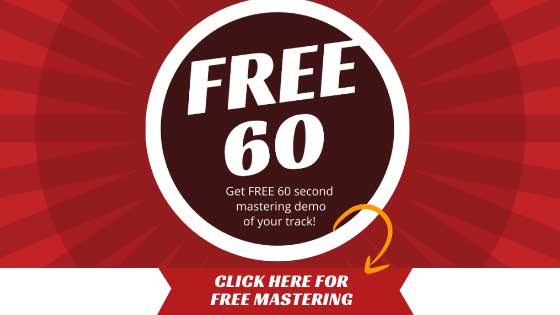
Hey I’m Tom, I’m a mastering engineer here at Audio Unity Group. I mostly look after Vinyl production and audio side of things. I hold a bachelor’s degree with honours from Kingston University in London. I love audio and helping others create outstanding-sounding records.


